- About us
- Support the Gallery
- Venue hire
- Publications
- Research library
- Organisation chart
- Employment
- Contact us
- Make a booking
- Onsite programs
- Online programs
- School visit information
- Learning resources
- Little Darlings
- Professional learning
Bernard 'Midget' Farrelly AM (1944–2016), surfer and boardmaker, grew up in Sydney and first surfed at North Bondi in the early 1950s. By 1961 he was the Australian surfing champion. The following year he won the Makaha International Championship in Hawaii, becoming the first Australian ever to take out a major surf title. The first World Surfing Championships were held at Sydney's Manly Beach in 1964; more than 60,000 people saw Farrelly take the men's crown. He remained one of the world's leading surf competitors through the 1960s, finishing second in the 1968 and 1970 world championships. In this period he co-wrote A Surfing Life and How to Surf and began to shape boards; over the 1970s he built up a successful blank-making and chemicals business, Surfblanks. Farrelly was inducted into the Huntington Beach Surfing Walk of Fame in California in July 2007.
Purchased 2007
© John Witzig
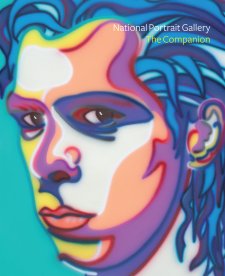
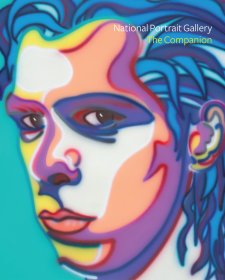

On one level The Companion talks about the most famous and frontline Australians, but on another it tells us about ourselves.
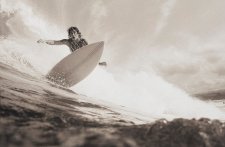
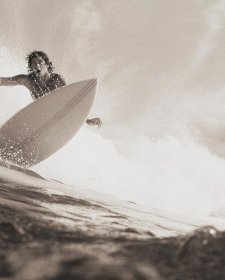
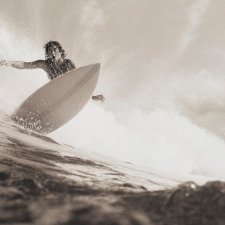
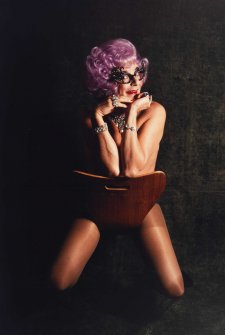
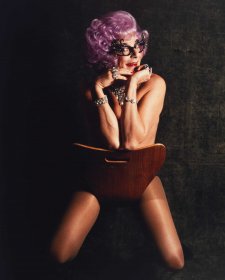

Bare: Degrees of undress celebrates the candid, contrived, natural, sexy, ironic, beautiful, and fascinating in Australian portraiture that shows a bit of skin.